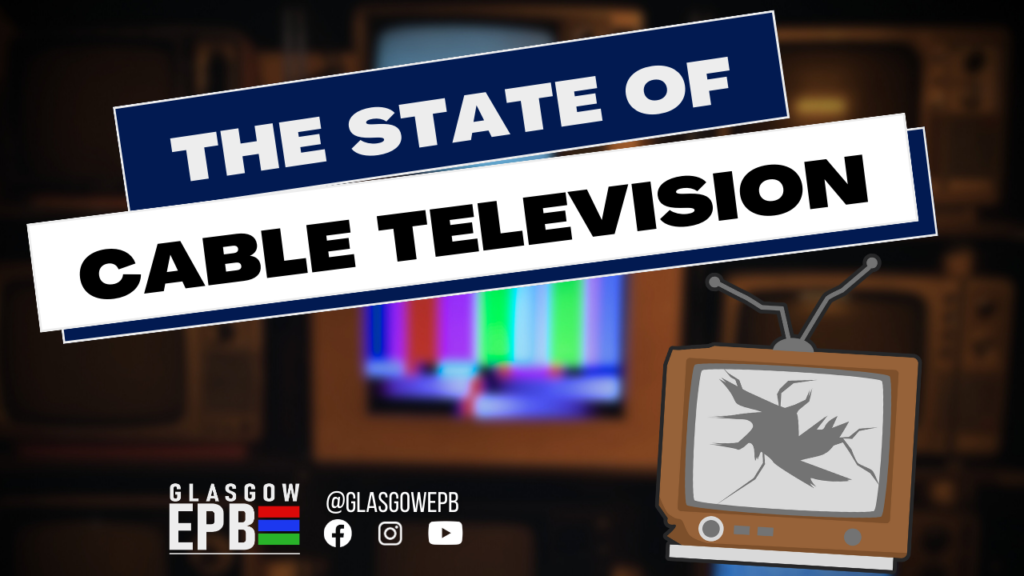
Cable television, once the cornerstone of home entertainment, is experiencing a notable decline. The industry, which saw its golden age in the 1990s and throughout the early years of the new millennium, is now grappling with rapid technological advancements, shifting consumer behaviors, and the rise of digital streaming services. In this article, we will delve into the different factors contributing to the decline of cable television and what the future might hold for this once-dominant service.
The Rise and Fall of Cable Television
Cable television emerged in the 1940s as a solution to poor over-the-air television reception in rural areas. By the 1980s and 1990s, cable had transformed into a booming industry, providing a vast array of channels and exclusive content. Households across the United States and beyond eagerly subscribed, enjoying a mix of news, entertainment, sports, and specialty programming.
However, the past decade has seen a marked shift. The number of cable subscribers has been steadily declining. According to Leichtman Research Group, major U.S. pay-TV providers lost about 5.1 million net video subscribers in 2021, a stark contrast to the industry’s peak.
Factors Driving the Decline
1. Proliferation of Streaming Services
The advent of streaming services like Netflix, Hulu, Amazon Prime Video, and Disney+ has been a major disruptor to the traditional cable TV landscape. These platforms offer on-demand content, original programming, and flexible viewing options that cater to modern viewers’ preferences. With the ability to watch what they want, when they want, and often at a lower cost, consumers are increasingly opting to switch completely to streaming for their home entertainment needs.
2. Cost Considerations
Cable subscriptions are expensive, with pricing structures forced upon cable TV providers that limit the ability to customize your subscription package. Along with tough contracts that force Cable TV providers to force unwanted channels onto customers, the costs forced upon Cable TV providers from programmers has increased dramatically over the past decade. In 2023, the Glasgow EPB disclosed that the costs for the programming of their cable TV had increased over 78% over the previous five years. Streaming services, on the other hand, offer more cost-effective solutions. The national average cost for a basic level cable package is now over $100 per month, while streaming subscriptions generally range from $5 to $15 per month with most streaming service subscribers paying less than $50 monthly for all of their streaming service subscriptions.
3. Technological Advancements
High-speed internet and the proliferation of smart devices have made streaming more accessible than ever. Smart TVs, streaming sticks, and mobile devices allow users to watch content seamlessly across multiple platforms, eroding the necessity for traditional cable setups.
4. Changing Viewing Habits
Younger generations are shifting away from traditional TV viewing. According to a 2020 Deloitte survey, nearly half of U.S. consumers subscribe to at least four streaming services. Millennials and Gen Z viewers prioritize convenience and flexibility, favoring binge-watching and the ability to watch on-the-go.
5. Content Exclusivity
Streaming services have invested heavily in original content, drawing viewers away from cable. High-quality series like “Stranger Things” on Netflix, “The Mandalorian” on Disney+, and “The Handmaid’s Tale” on Hulu have become cultural phenomena, enticing viewers to subscribe to multiple platforms.
The Cable Industry’s Response
In response to these challenges, cable TV providers have attempted several strategies to retain subscribers and stay relevant:
1. Bundling Services
Many cable providers now offer bundled packages that include internet, phone, and TV services at a discounted rate. This approach aims to provide greater value and convenience to customers. At the Glasgow EPB, internet service has been offered since the mid-1990s, and we remain committed to being on the cutting edge to meet the growing needs of our customers.
2. Embracing Streaming
Some cable programmer companies have launched their own streaming services or partnered with existing platforms. Comcast, for example, introduced Peacock, while Warner Brothers/Discovery, originally specializing in programming Cable Channels such as HBO, Discovery, TLC, TBS, and TNT, have transitioned to a streaming model with the Max service.
3. Improving Customer Experience
Enhancing customer service and user experience has become a priority for most Cable TV providers. Efforts include simplifying billing, offering more flexible plans, integrating streaming apps into set-top boxes, and even launching their own streaming apps that completely digitalize their cable TV channel lineup. Other providers have opted to focus on their internet service offerings and move away from offering traditional cable TV services.
The Future of Cable Television
The decline of cable television does not spell the end of the industry entirely. Instead, it signals a transformation. Cable providers are evolving, increasingly blending traditional and digital offerings to meet changing consumer demands.
While cable TV will likely continue to play a role for several more years, especially in markets with less internet penetration or among demographics less inclined toward streaming, the industry must innovate to survive. This evolution will see cable providers continually becoming more like internet service providers, focusing on high-speed broadband as their core product while offering TV as an add-on service.
The decline of cable television is a clear indicator of the shifting media landscape. As consumers continue to prioritize flexibility, affordability, and diverse content, the industry must adapt or risk obsolescence. The future of entertainment is digital, and cable television’s legacy will depend on its ability to evolve in an ever-changing environment.
The transformation of cable television is a testament to the dynamic nature of technology and consumer behavior, reminding us that in the world of media, change is the only constant.
